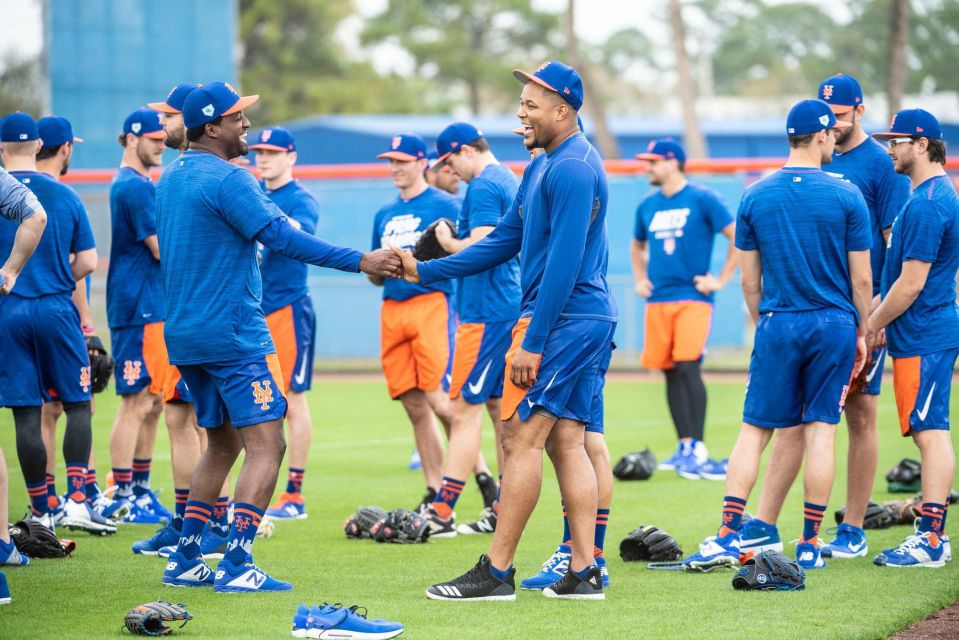|
Now the Mets have Jacob DeGrom's former agent working as a general manager, negotiating DeGrom's contract -- with an imposed deadline of opening day. What could go wrong, in a franchise that let Tom Seaver get away? But at least many of the Mets were in Florida on Monday, stretching and throwing, scratching and spitting, doing what ball players do. We survive vicariously. Here comes the sun
Here comes the sun, and I say It's all right ---"Here Comes the Sun," lyrics by George Harrison, from "Abbey Road," 1969. Say, what happened that year?
Andy Tansey
2/12/2019 05:49:32 pm
It won't be the first time I've said this, but back when being a bully, while not nice, was not illegal, 10-year-old boys could be mean in 1969. A 10-year-old Yankees fan living in a Flushing ZIP code in 1969 could be made to turn colors and jump on the bandwagon in October. The psychological scars have faded but endure. The name Swoboda still brings fond memories. Frank Robinson played for the O's.
George Vecsey
2/12/2019 06:19:05 pm
We need to ask Rocky about his memories about FRobby. Rocky is a Baltimore kid....He must have gotten some stick that winter...GV 2/13/2019 08:47:24 am
Thanks, George. Spring Training, finally!
George Vecsey
2/13/2019 02:58:01 pm
Peter: Just scanned the roster. Bernie Madoff Era Lives.
Josh Rubin
2/13/2019 11:07:50 am
I am in wait-and-see mode. Good pitching (hope the rotation holds together this time). A few big, but uncertain, bats. I don't know where the spark or the engine is that will drive this team.
George Vecsey
2/13/2019 03:03:13 pm
Josh: Wait, I forgot, Tim Tebow is on the roster. One of these years we are going to have that frolic.
bruce
2/16/2019 07:47:18 pm
george, Comments are closed.
|
Categories
All
|











